 March 10, 2004: Apple sends out a survey to select Apple customers, claiming that it is considering relaunching the Newton MessagePad.
March 10, 2004: Apple sends out a survey to select Apple customers, claiming that it is considering relaunching the Newton MessagePad.
“We need to determine why the Apple Newton was not a commercial success and whether there is an interest in re-launching a new version of the Newton,” Apple’s survey says. “Your comments will help understand why the Newton failed and if there is interest in re-launching a new, improved Newton.”
In hindsight, it seems pretty clear that this apparent “interest” in launching another personal data assistant was a way of doing some undercover market research for the still-in-development iPhone.
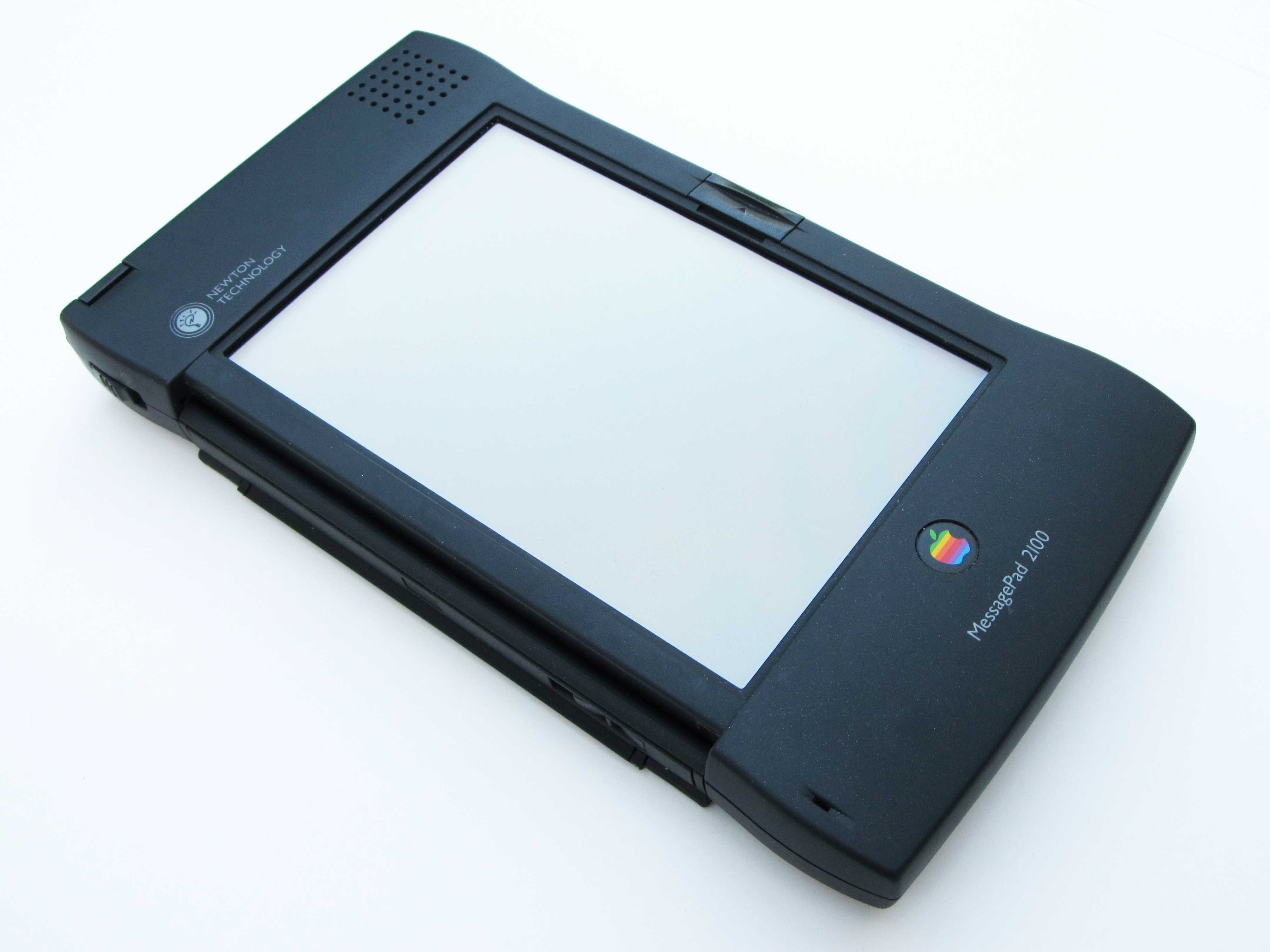
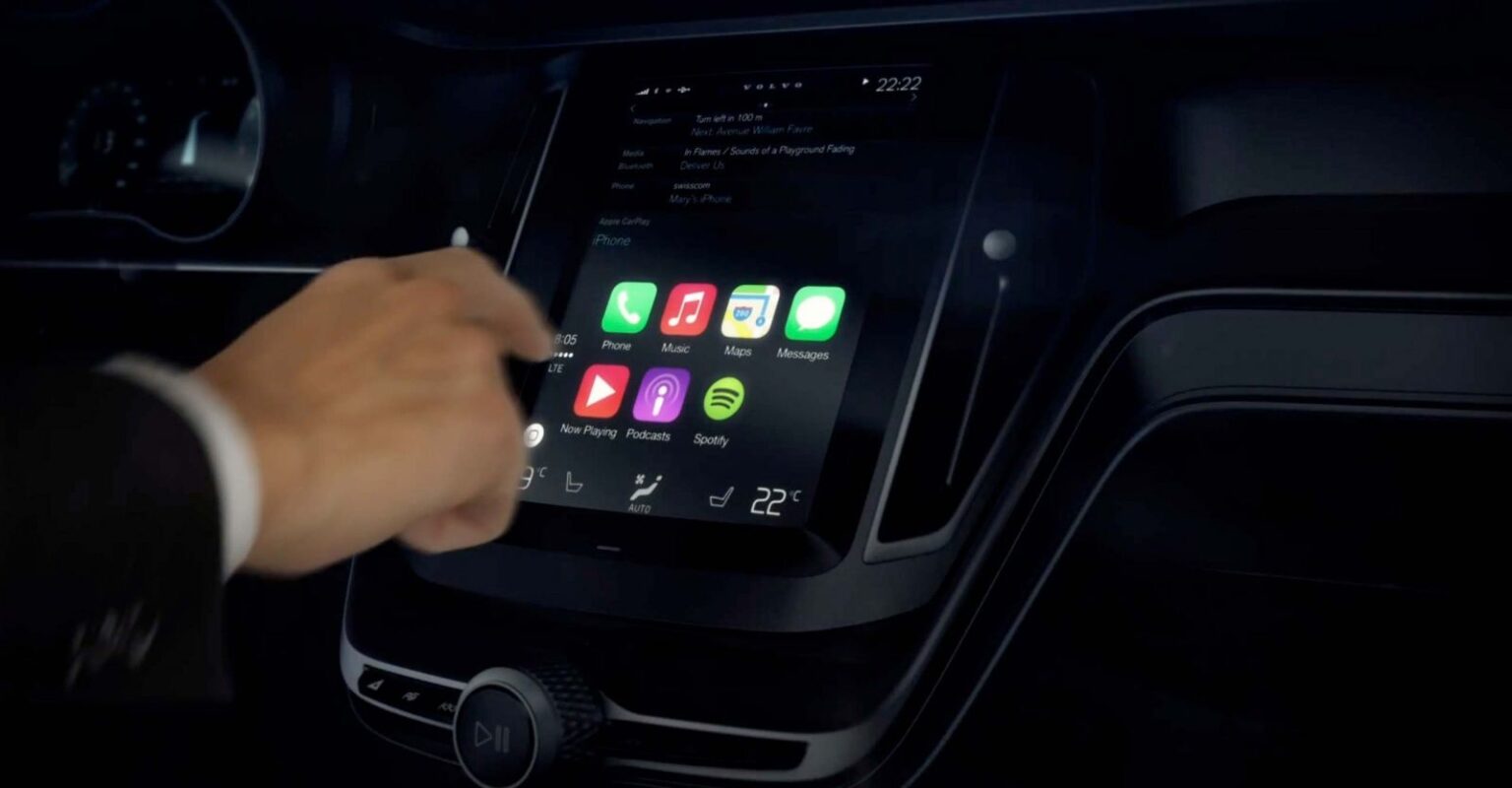
 March 3, 2014: With the CarPlay launch, Apple introduces iOS functionality for iPhone users behind the wheel via the car’s in-dash screen.
March 3, 2014: With the CarPlay launch, Apple introduces iOS functionality for iPhone users behind the wheel via the car’s in-dash screen.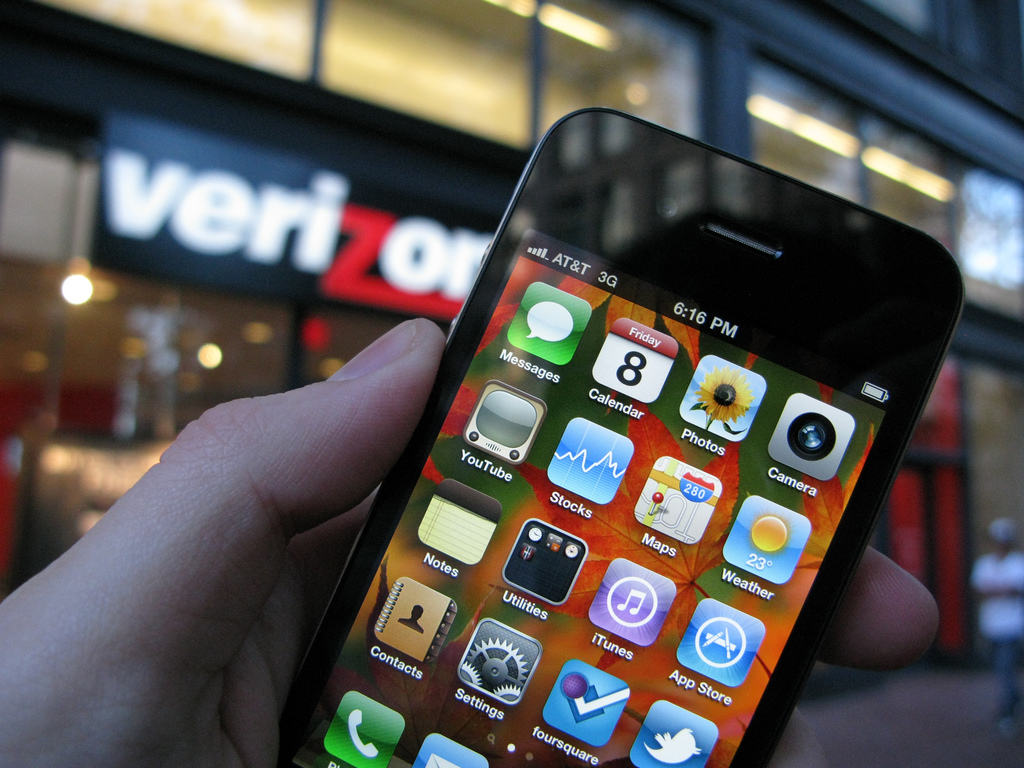
 February 3, 2011: The iPhone finally arrives on Verizon Wireless, the United States’ largest carrier, ending nearly four years of exclusivity with AT&T.
February 3, 2011: The iPhone finally arrives on Verizon Wireless, the United States’ largest carrier, ending nearly four years of exclusivity with AT&T.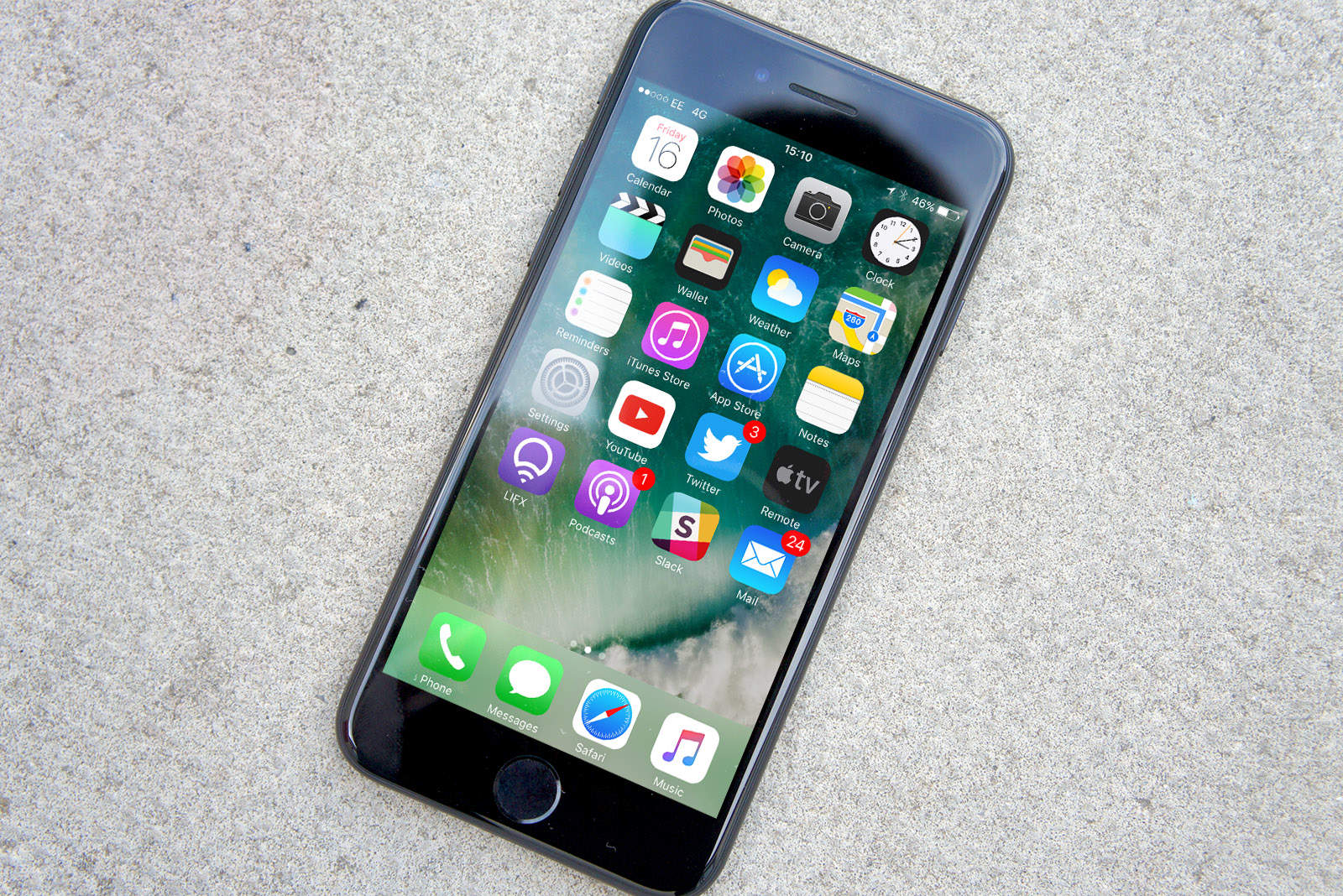
 January 26, 2016: After nine years of spectacular growth, iPhone sales flatline for the first time.
January 26, 2016: After nine years of spectacular growth, iPhone sales flatline for the first time.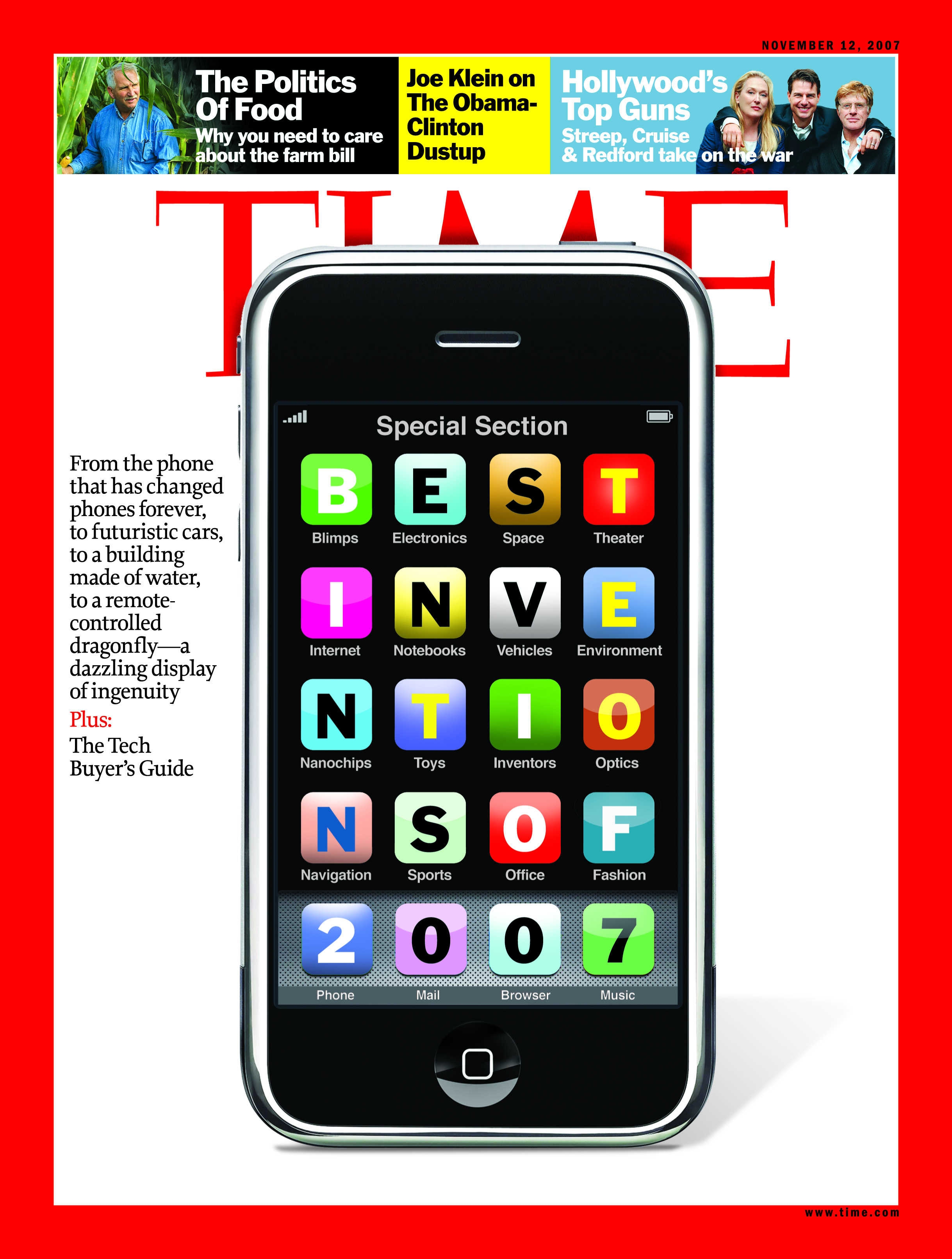
 November 1, 2007: Six months after Steve Jobs showed it off, the original iPhone becomes Time magazine’s “best invention of the year.”
November 1, 2007: Six months after Steve Jobs showed it off, the original iPhone becomes Time magazine’s “best invention of the year.”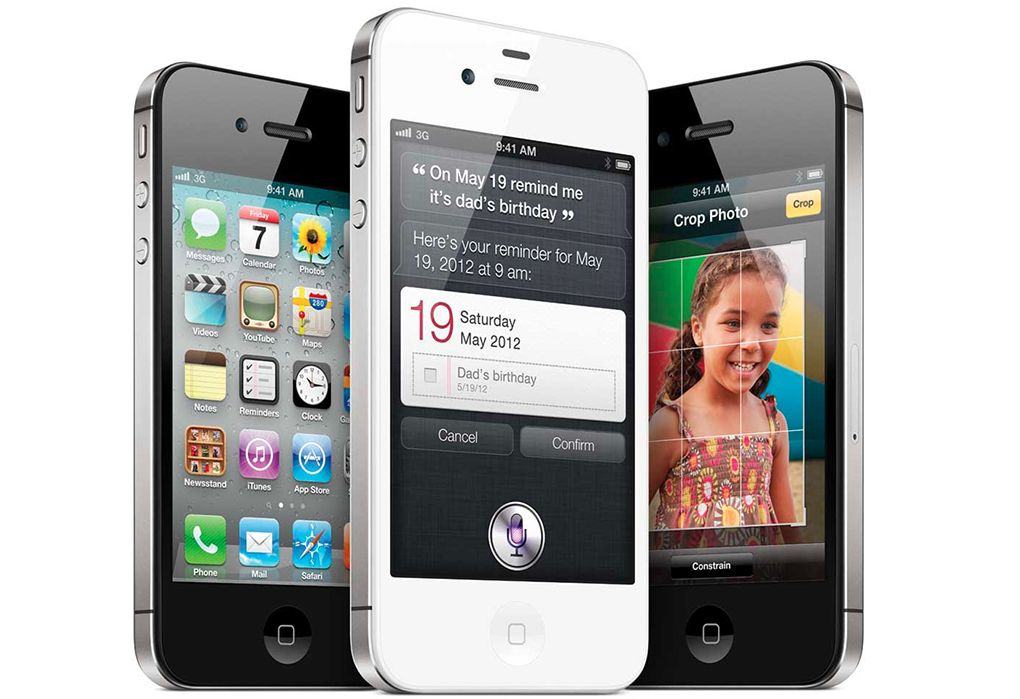
 October 7, 2011: Two days after the
October 7, 2011: Two days after the 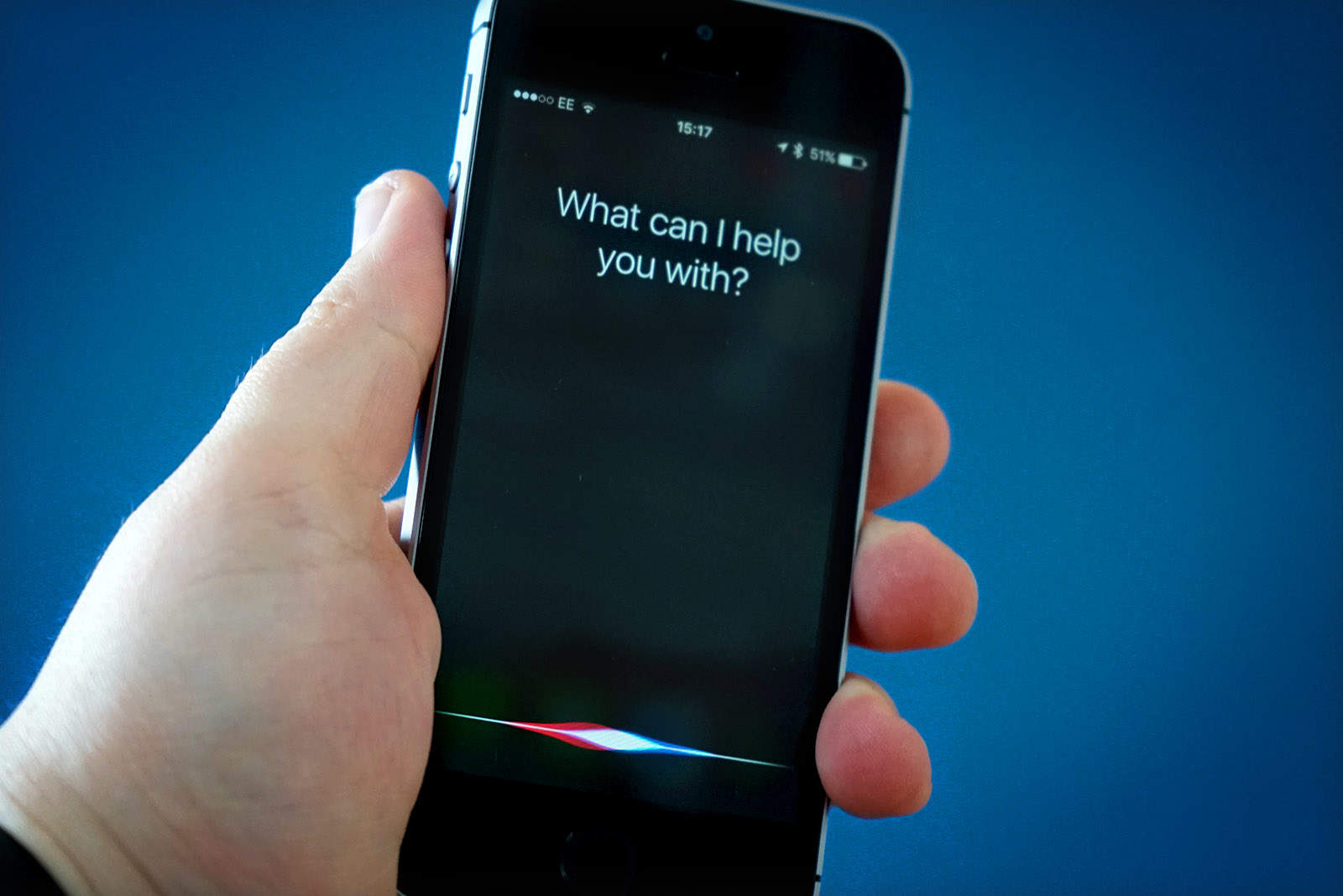
 October 4, 2011: With the unveiling of the iPhone 4s, Apple introduces the world to Siri.
October 4, 2011: With the unveiling of the iPhone 4s, Apple introduces the world to Siri.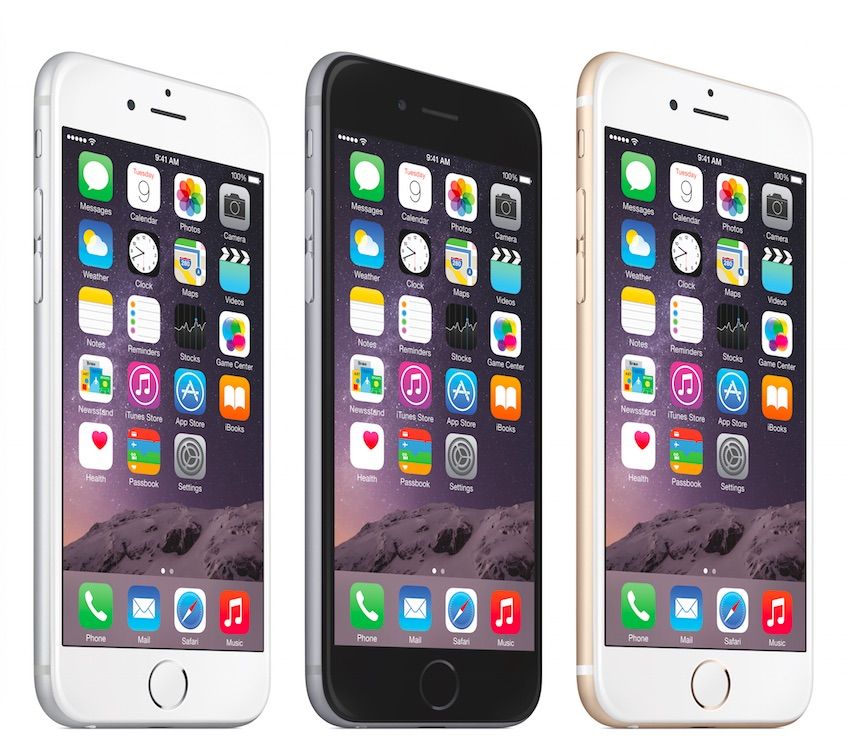
 September 22, 2014: Apple notches a new sales record with iPhone 6 and iPhone 6 Plus, selling an astonishing
September 22, 2014: Apple notches a new sales record with iPhone 6 and iPhone 6 Plus, selling an astonishing 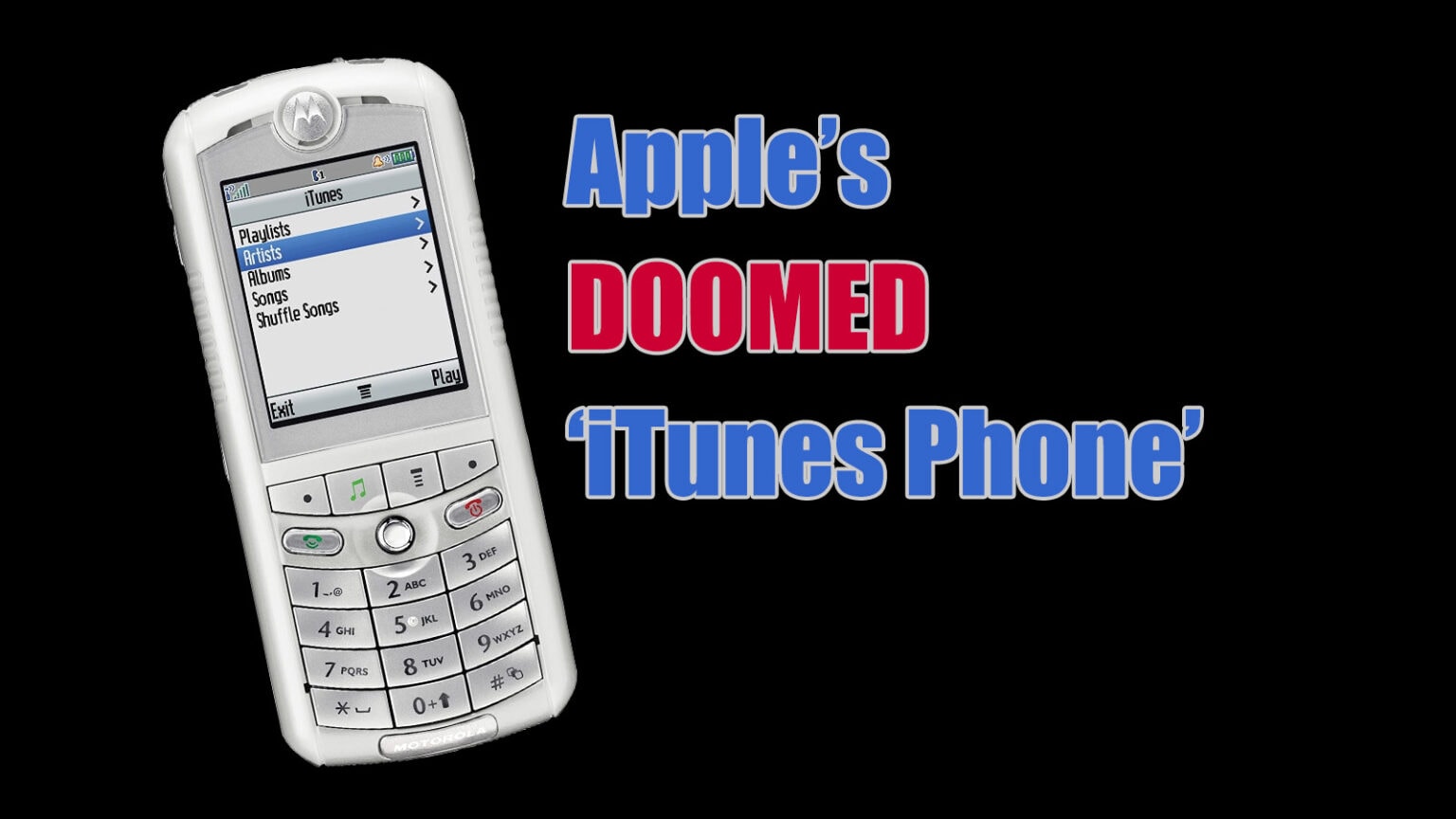
 September 7, 2005: Apple and Motorola launch the Rokr E1, the first Cupertino-sanctioned cellphone to run iTunes.
September 7, 2005: Apple and Motorola launch the Rokr E1, the first Cupertino-sanctioned cellphone to run iTunes.
 August 18, 2007: A video goes viral on YouTube when 23-year-old internet personality Justine Ezarik, aka
August 18, 2007: A video goes viral on YouTube when 23-year-old internet personality Justine Ezarik, aka 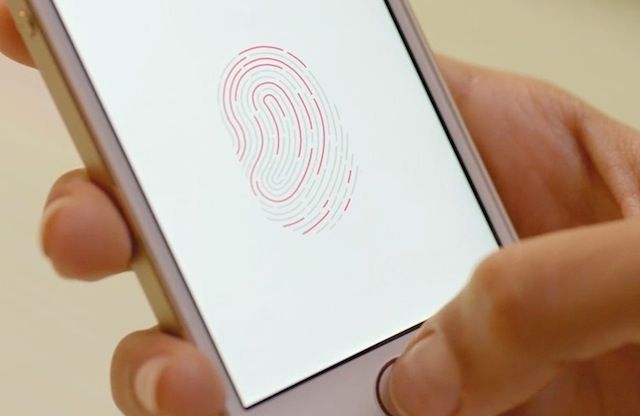
 July 28, 2012: Apple buys biometrics company AuthenTec, acquiring the technology that will power future authentication and secure payments initiatives.
July 28, 2012: Apple buys biometrics company AuthenTec, acquiring the technology that will power future authentication and secure payments initiatives.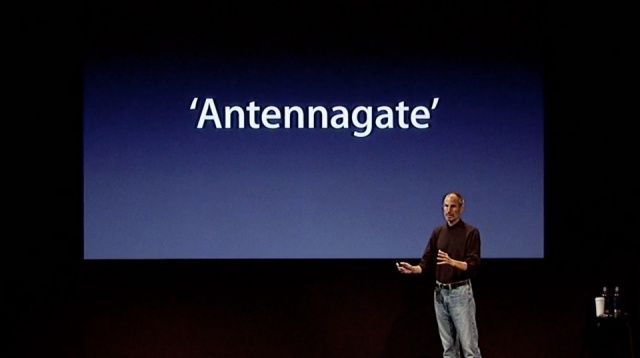
 July 12, 2010: The iPhone 4 suffers a major blow when respected trade publication Consumer Reports says it can’t, in good faith, recommend the new Apple smartphone.
July 12, 2010: The iPhone 4 suffers a major blow when respected trade publication Consumer Reports says it can’t, in good faith, recommend the new Apple smartphone.
 September 12, 2012: Apple introduces the iPhone 5, with a super-slim form factor that makes it the thinnest smartphone in the world.
September 12, 2012: Apple introduces the iPhone 5, with a super-slim form factor that makes it the thinnest smartphone in the world.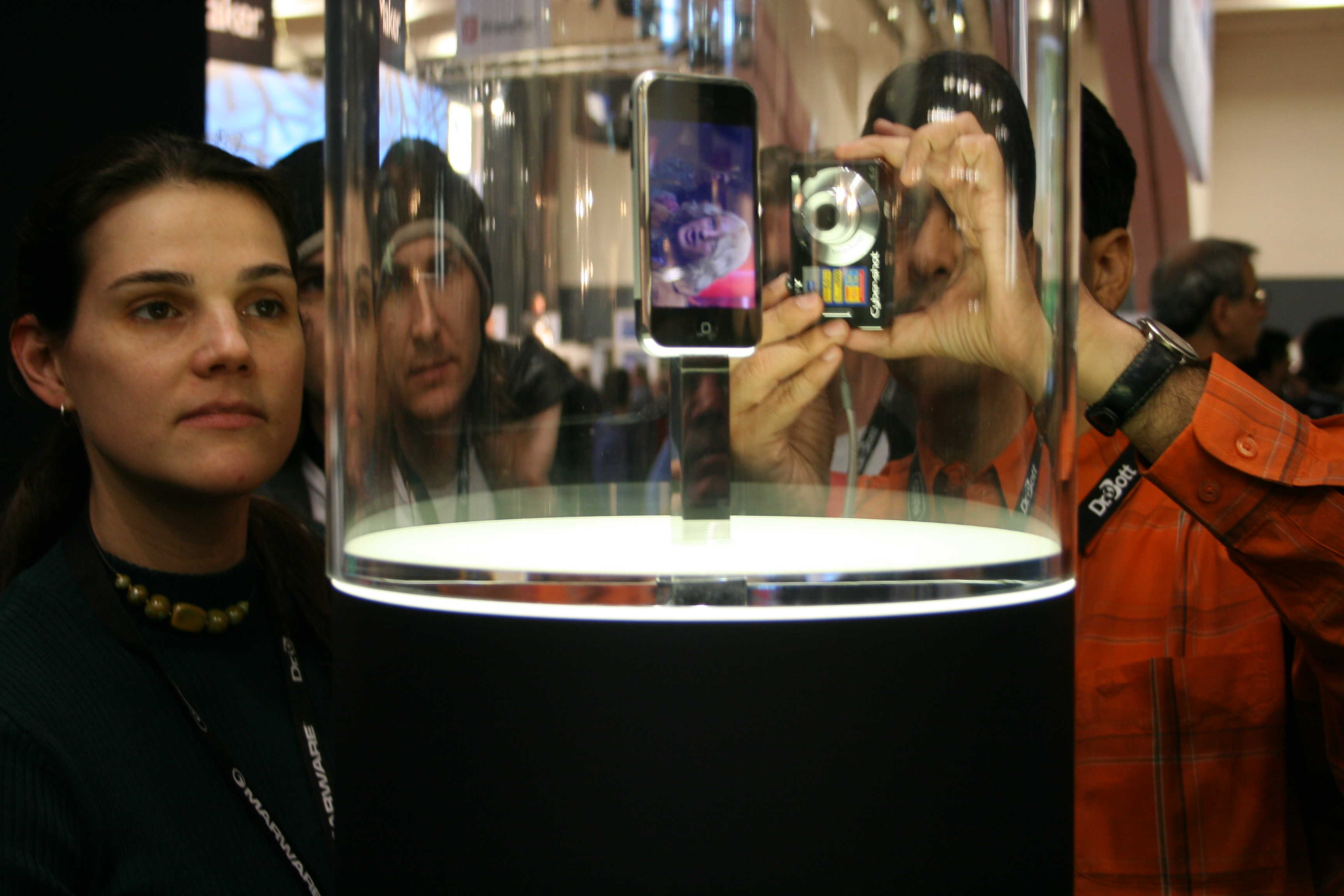
 June 29, 2007: The first-generation iPhone goes on sale, generating massive queues of Apple fans lining up outside Apple Stores around the United States.
June 29, 2007: The first-generation iPhone goes on sale, generating massive queues of Apple fans lining up outside Apple Stores around the United States.

 September 6, 2007: Apple deals with its first iPhone PR crisis, when early adopters complain about the company dropping the price of its new smartphone by $200 just two months after introducing it.
September 6, 2007: Apple deals with its first iPhone PR crisis, when early adopters complain about the company dropping the price of its new smartphone by $200 just two months after introducing it.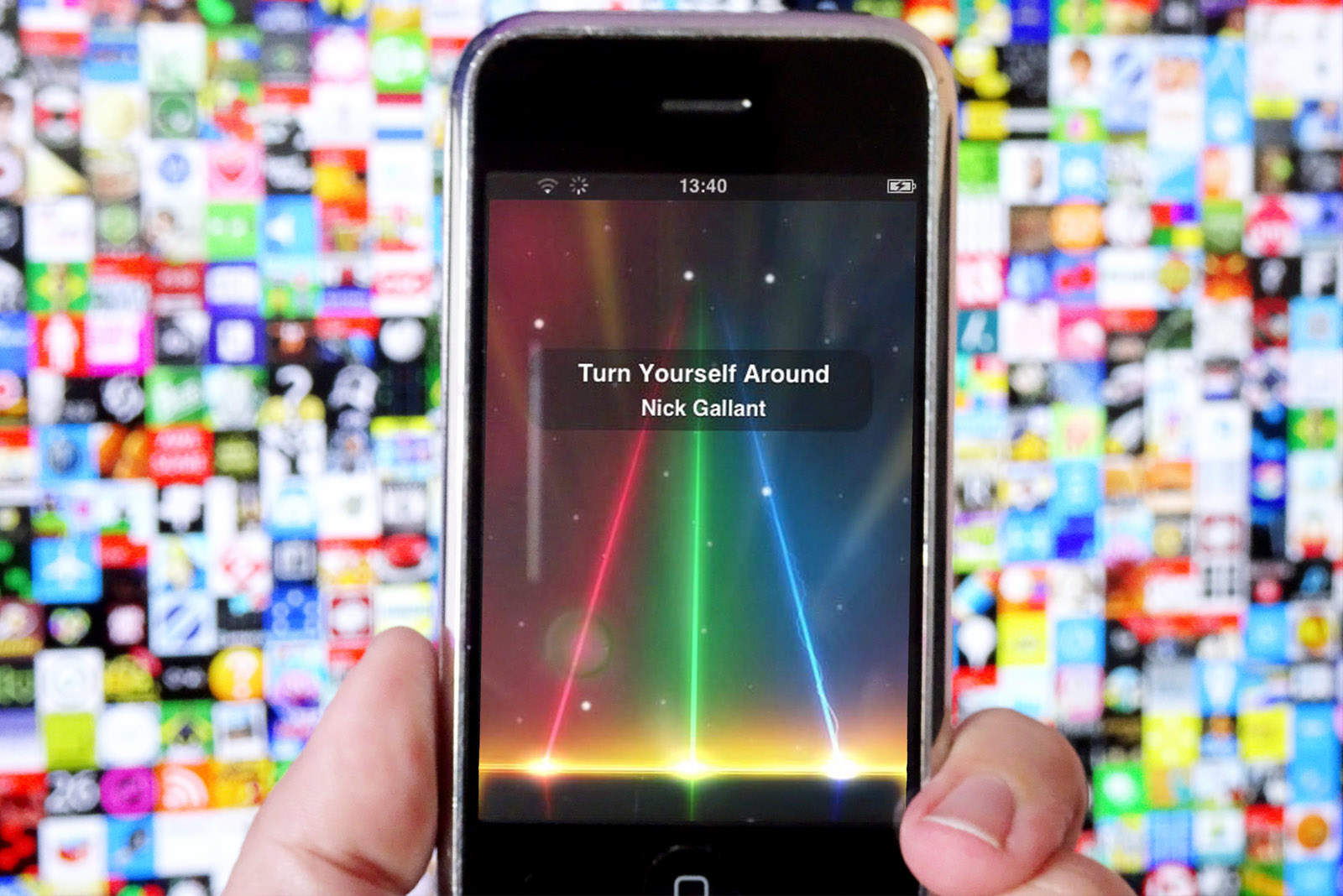
 July 14, 2008: Apple crows that its newly opened App Store hit a massive 10 million downloads in its first 72 hours.
July 14, 2008: Apple crows that its newly opened App Store hit a massive 10 million downloads in its first 72 hours.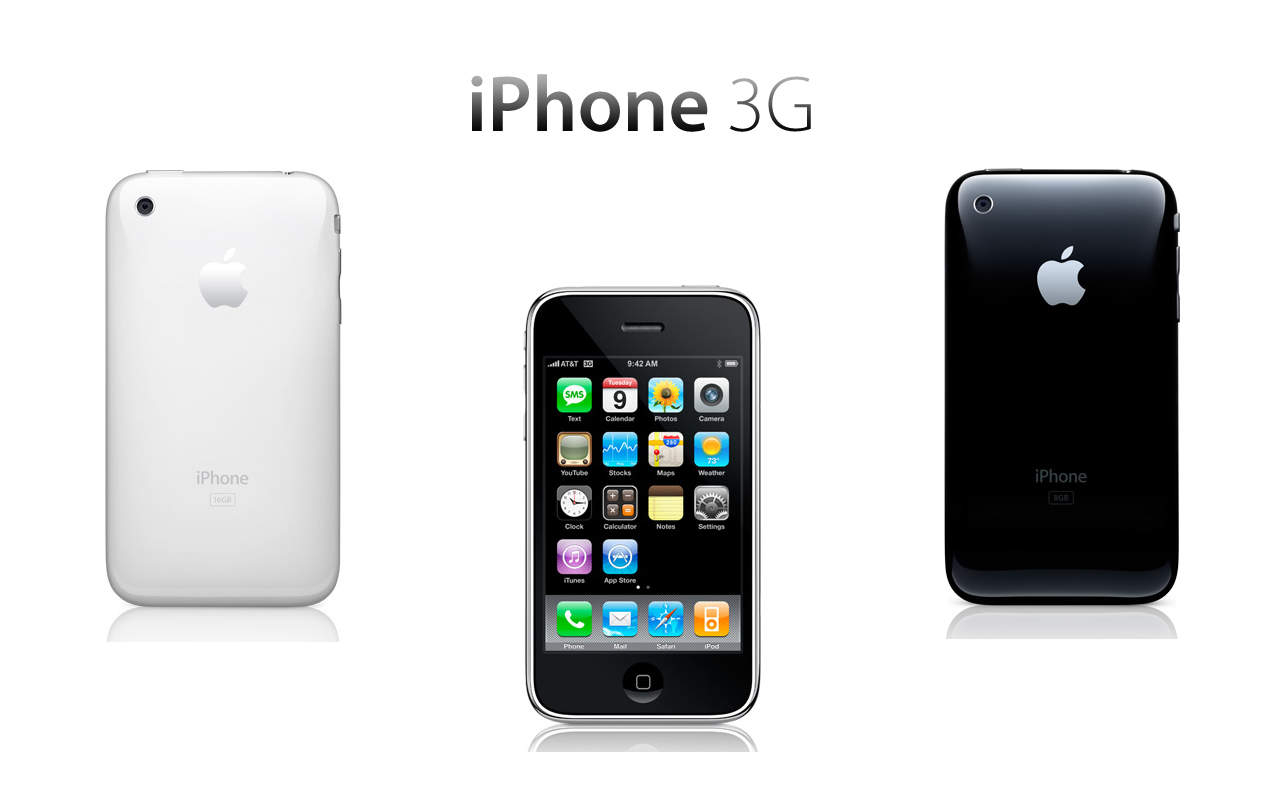
 July 11, 2008: The iPhone 3G goes on sale, becoming the first Apple product in history to sell more than 1 million units in its first weekend.
July 11, 2008: The iPhone 3G goes on sale, becoming the first Apple product in history to sell more than 1 million units in its first weekend.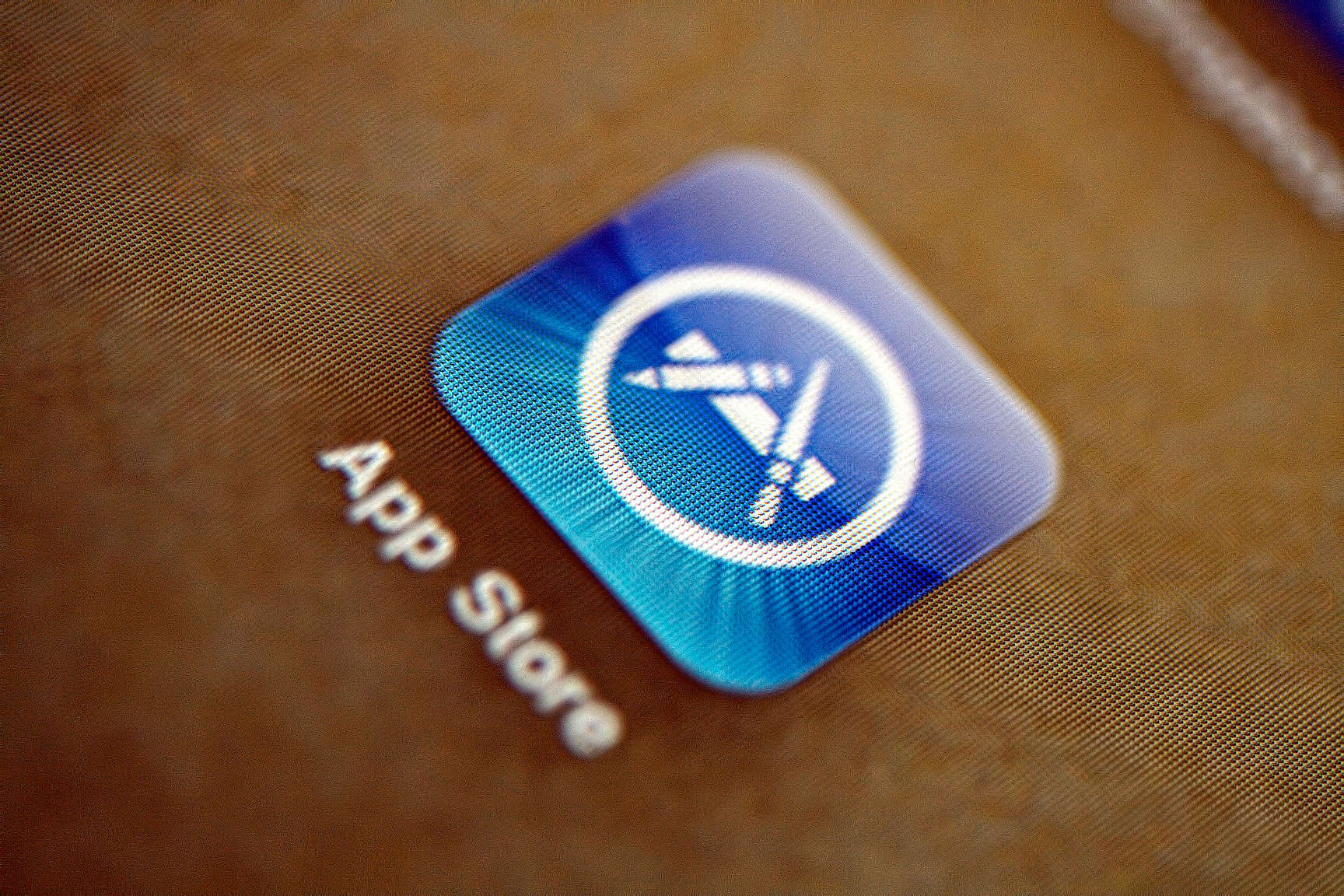
 July 6, 2011: Amazon wins a landmark verdict against Apple over its proprietary use of the term “App Store” — opening up the possibility of other rival services calling their own app stores by the phrase Apple had helped popularize.
July 6, 2011: Amazon wins a landmark verdict against Apple over its proprietary use of the term “App Store” — opening up the possibility of other rival services calling their own app stores by the phrase Apple had helped popularize.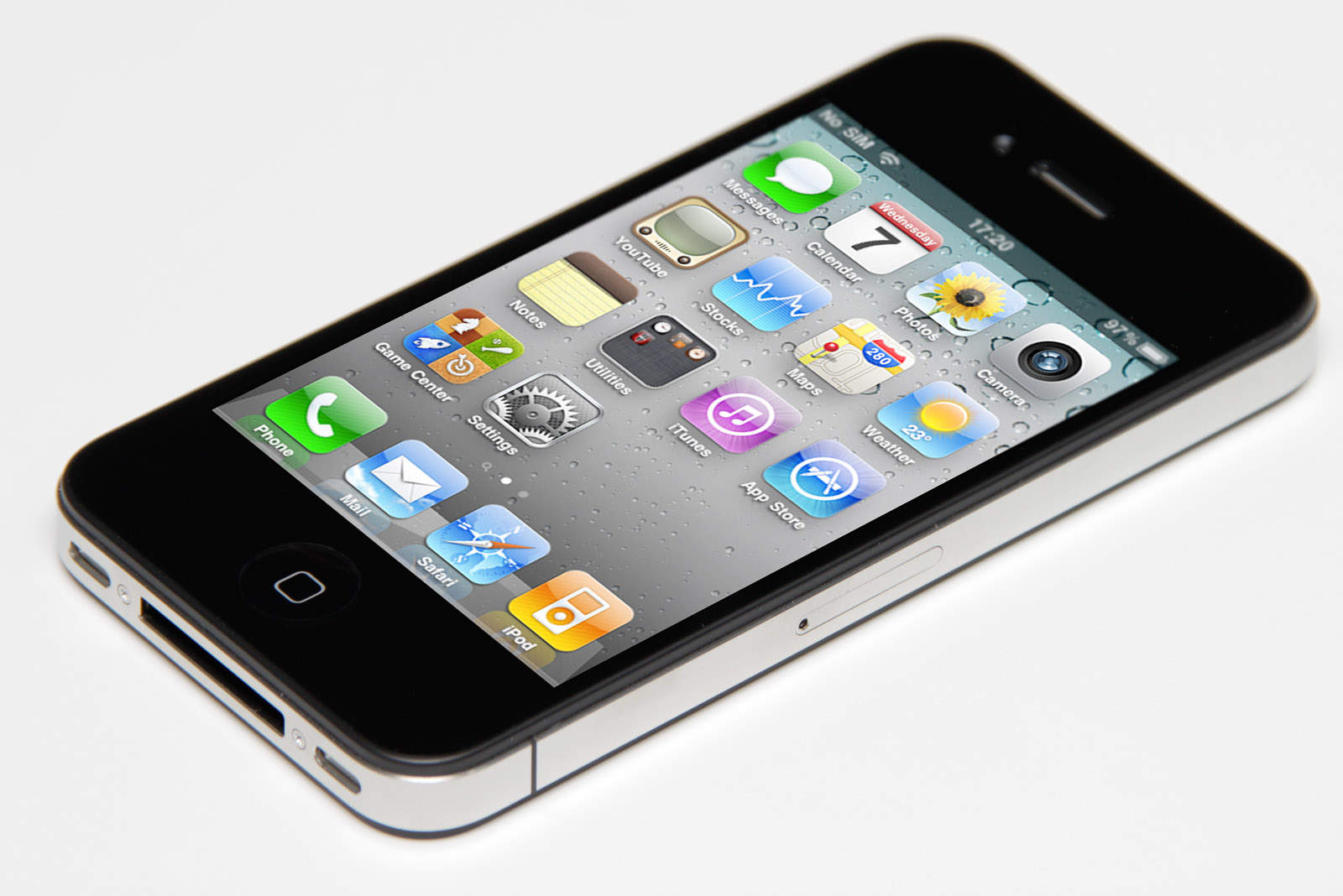
 iOS 4 was not only the last version of Apple’s mobile operating system released during Steve Jobs’ life, it was also a significant step up in terms of the software’s productivity features.
iOS 4 was not only the last version of Apple’s mobile operating system released during Steve Jobs’ life, it was also a significant step up in terms of the software’s productivity features.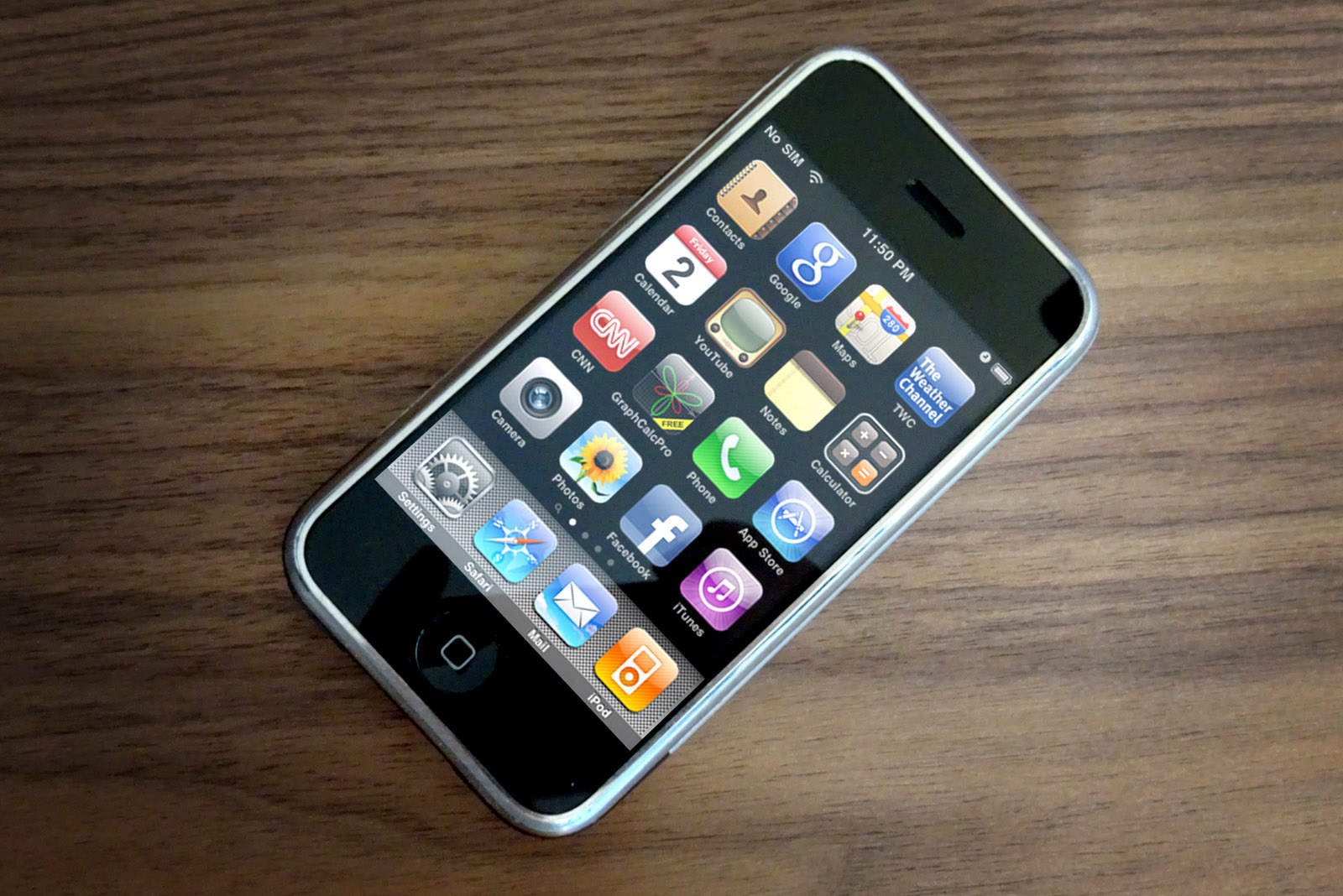
 On June 17, 2009, Apple released iOS 3, the third iteration of its mobile operating system and the last to be given the full name “iPhone OS 3.” Support for the iPad arrived with iOS 3.2, when the name was given its current abbreviation.
On June 17, 2009, Apple released iOS 3, the third iteration of its mobile operating system and the last to be given the full name “iPhone OS 3.” Support for the iPad arrived with iOS 3.2, when the name was given its current abbreviation.